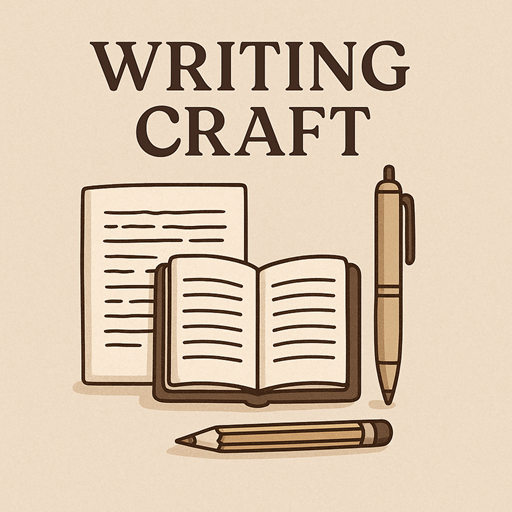Some of the most unforgettable characters in literature and film are the ones who feel real to us—messy, layered, and deeply human. But what gives a character that kind of depth? More often than not, it’s their past. Specifically, how that past hurt them.
Trauma is a potent engine for character motivation. It shapes how people see the world, how they protect themselves, how they connect (or fail to connect) with others. When used with care and nuance, it becomes an essential tool for writers seeking to breathe life into their stories.
Trauma vs. Tragedy: Why It Matters
It’s easy to confuse trauma with tragedy, but there’s an important difference. Tragedy is something bad that happens. Trauma is the wound it leaves. Not all tragedies are traumatic, and not all trauma stems from one big event. For many, it’s the slow erosion of safety over time—neglect, subtle emotional abuse, chronic invalidation.
Understanding this distinction lets you write characters who carry their pain in believable ways. A child who was never praised might grow into an adult with an inner critic louder than any villain. A teen who was abandoned might become a leader who trusts no one and needs total control.
Trauma-Informed Character Design
Start with the wound. Ask: What happened to this character that shaped their deepest fear? That fear will drive both their internal conflict and external behavior.
- Abandonment might lead to people-pleasing or aloofness.
- Betrayal could produce hyper-vigilance or compulsive independence.
- Shame often manifests as perfectionism or sabotage.
From there, trace the coping strategies. Are they aware of these behaviors? Do they justify them? Are they hurting others without realizing it? This is how you build dimensionality.
The Arc: From Protection to Transformation
Trauma survivors often develop coping mechanisms that once kept them safe, but now hold them back. The story arc is the crucible where those mechanisms get challenged.
Maybe your character’s inability to trust costs them something they care about. Maybe their people-pleasing leads to betrayal. These moments force your character to confront their old story: the belief they formed to survive. It might sound like:
- “I have to be perfect or I won’t be loved.”
- “People always leave.”
- “My feelings aren’t valid.”
The climax, then, is not just about external triumph. It’s an inner shift—a moment of truth where they either cling to their old wound or begin to heal. The denouement offers a chance to glimpse a new way of being. Not perfect. Just possible.
Villains Have Wounds, Too
Some of the best antagonists are tragic in their own right. Their trauma arcs are negative ones—wounds so deep they become consumed by them. These characters might even believe they’re protecting themselves or doing what’s right. But the cost is empathy, connection, humanity. In many cases, they’re mirrors of the protagonist: what could happen if healing never occurs.
Writing With Compassion
To write trauma well, it helps to bring your own self-awareness to the page. You don’t have to have lived the exact pain your character has—but you do need to respect that pain. Avoid stereotypes or using trauma as mere shock value. Ask yourself what purpose the trauma serves in your story, and whether it leads somewhere meaningful.
When done thoughtfully, writing trauma becomes more than plot fuel. It becomes an exploration of what it means to be human. How we break, how we cope, and how we slowly, imperfectly, find our way back to wholeness.



